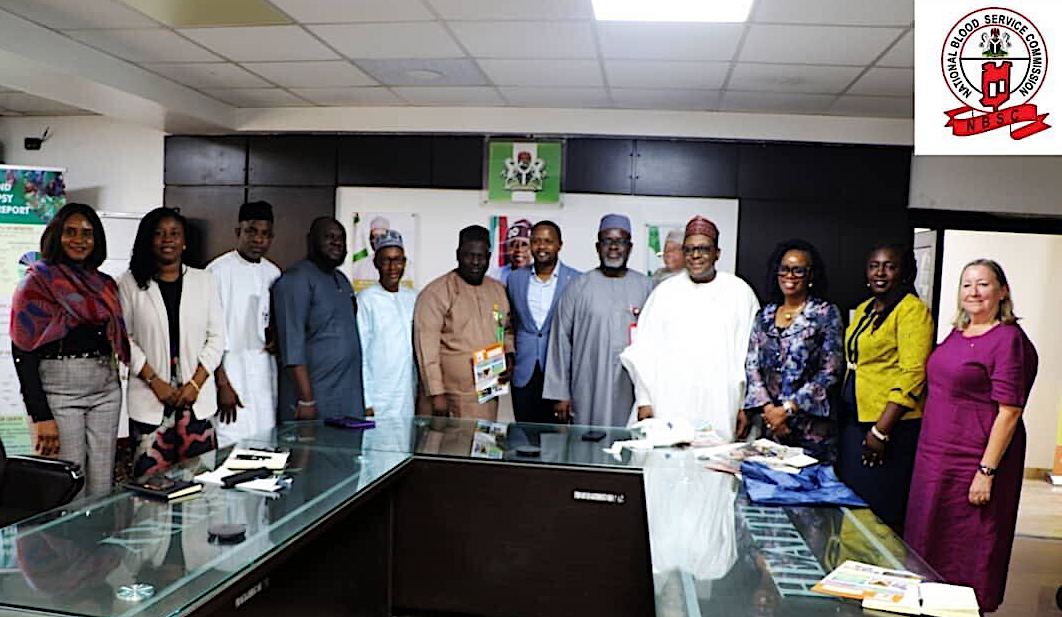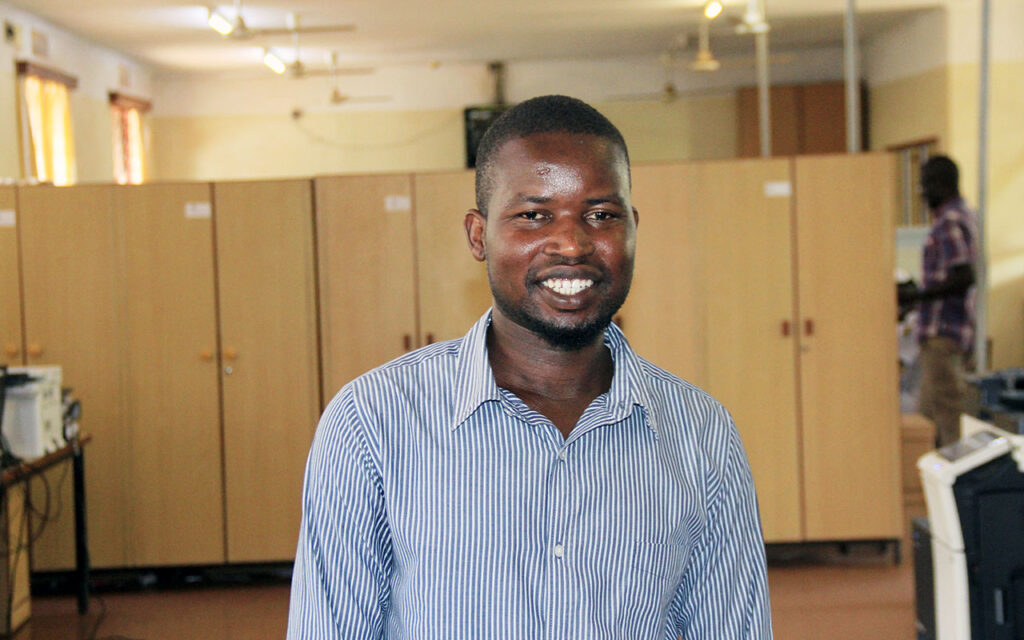Family trees and factor – haemophilia education in Nigeria
Those of you who know me will know not only about my long history with haemophilia education, but also my love of all things African. So, when I was asked by the Novo Nordisk Haemophilia Foundation (NNHF) to go to Nigeria to do family tree training for nurses from seven teaching hospitals in Nigeria and the Haemophilia Foundation of Nigeria, I of course said yes – but with some trepidation. After all, Nigeria is a scary, unsafe place – isn’t it?
A word on warmth
After some logistical issues with getting my visa, off I set. I arrived in the wee small hours of the morning to a very dark and hot car park to meet my driver – who was a bit delayed. An airport guard came and chatted to me and never left my side until the driver arrived – security or just kind? I’m very sure it was the latter and here is why…
From the moment I stepped off the plane at Abuja until the moment I boarded to come home, I was struck by the kindness of every single person I met. I was greeted with a warm ‘hello’ and ‘how are you?’, and the biggest, friendliest smiles from everyone I met.
Complex family trees
The training was organised by a group of haematologists from across seven teaching hospitals, led by Professor Awodu.
The aim of the family tree session was to help identify haemophilia carriers and increase diagnosis rate. Currently, under 1,000 people with haemophilia are diagnosed in Nigeria – but it’s estimated that the number of people living with haemophilia in Nigeria is closer to 11,000 [1,2].
First, I thought I’d get everyone to draw their own family tree. I demonstrated mine easily: no children, one brother, one uncle, three cousins. I’d forgotten that in Nigeria it isn’t unusual to have more than one wife, or how to draw that. It takes time and concentration to draw a family tree for someone with 13 siblings, all of whom are married with their own children.
Many of the people in the session were adding twins to their family trees too, which I found rather odd at first. But did you know that Nigeria has the world’s highest birth rate for identical twins? Nobody knows why this is – some say it’s to do with eating yams!
Treatment access and raising awareness
In the afternoon, the team from the Nigerian Society for Haematology and Blood Transfusion and the NNHF took me to meet the Minister of Health, who arrived in sparkly white flowing gowns.
There are two major problems for the haemophilia community in Nigeria. Firstly, they only have access to factor concentrates through WFH humanitarian aid. Alongside this, this limited supply of treatment and the reagents used to diagnose haemophilia these often get held up in customs or during distribution and delivery. It goes without saying that this has a huge impact on diagnosis and access to treatment.
The Minister seemed very positive that his team can work on overcoming these issues. He indicated that he was aware of haemophilia and said that he would work to help raise its profile. We even made it to the national press the following day.
Looking to the future
Back with the brilliant nurses and family trees, on day two of the workshops we planned to look at rare bleeding disorders and autosomal inheritance. However, with current rates of diagnosis, this wasn’t so easy – none of them have any patients with rare conditions.
For this to improve, though, it’s still important to ensure the Nigerian nurses are equipped with the knowledge they need. So, a quick switch to ‘this is like sickle cell disease’ (which they are well aware of) and off we went.
I have no doubt that these lovely nurses and centre coordinators WILL find those missing 10,000 people with haemophilia. And I hope that when they do, the Minister and his team are able to procure treatment for them.
A big thank you
Massive thanks to the Nigeria Society for Haematology and Blood Transfusion and NNHF for supporting me in this latest African adventure.
Scared of Nigeria? Not me! I can’t wait to be back!
To find out more about Haemnet’s education and training offering, email kate@haemnet.com
References
1. World Federation of Hemophilia. Report on the Annual Global Survey 2022. October 2023. Accessed August 2024.
2. Haemophilia Foundation of Nigeria. Annual Report 2022. Accessed August 2024.
Further reading
Kate Khair. V is not for von Willebrand disease! [Haemnet blog]. 1 August 2022.
About the author
Kate Khair is Director of Research at Haemnet Ltd and Editor-in-Chief of The Journal of Haemophilia Practice.



